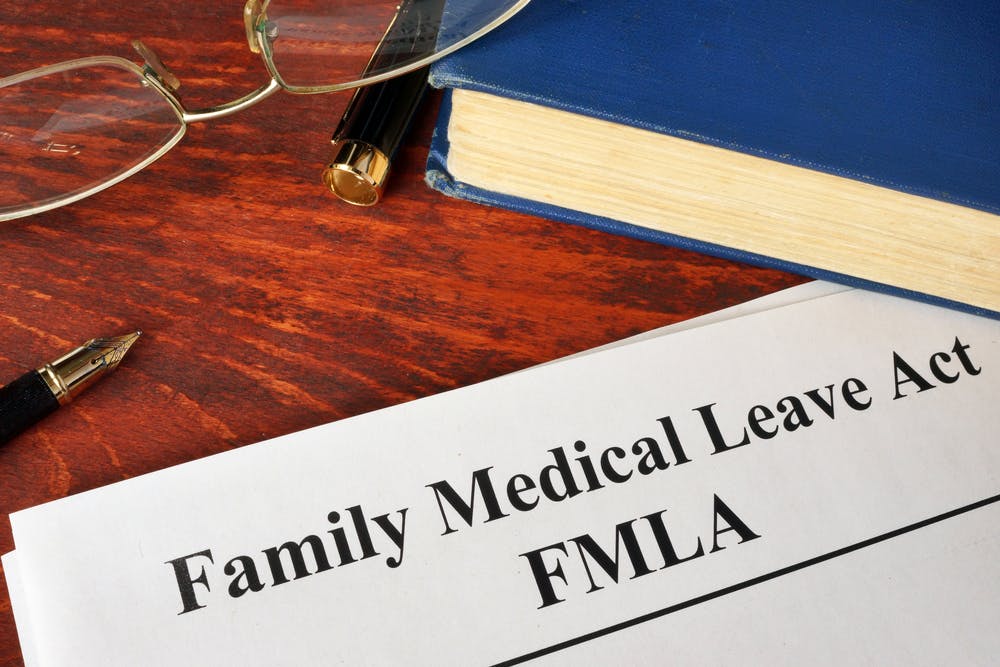What are some of the signs of employee abuse of leave taken under the Family and Medical Leave Act?
- Monday and Friday FMLA days
- FMLA to avoid scheduled overtime
- FMLA after being denied a request for day(s) off
- FMLA immediately before/after holidays and scheduled PTO
An employee wants FMLA to bridge his scheduled PTO.
In Sharif v. United Airlines, Inc. (opinion here), the employee plaintiff had accrued a block of roughly 20 days off. That is, except for one day in the middle of that block, when he was scheduled to work. Now this employee had previously been approved for intermittent leave for panic attacks.
When, at 1 a.m. on the one day of the 20 he was scheduled to work, the plaintiff called in an intermittent FMLA day, the employer got suspicious. HR hears about this, and a possible prior similar incident and decides to investigate. So, they bring in the employee for an interview and his story is as shaky as a dashboard hula dancer in a Baja dunebuggy.
(I’ve been working on my similes recently, what do you think of this one? Email me.)
It doesn’t end well for the employee.
The employee is suspended and, ultimately, notified that he’ll be fired for fraudulently taking FMLA leave and for making dishonest representations during the ensuing investigation, which is against company policy. So, he retired.
And then sues for FMLA retaliation.
FMLA retaliation? Or prudent steps to prevent FMLA abuse?
I’ll just let the Fourth Circuit explain:
The FMLA serves the important purpose of allowing employees to take leave for legitimate family needs and medical reasons, but it is not a right that can be fraudulently invoked. Dishonest representations may carry additional risks… These goals require predictable policies that ensure to the extent possible and consistent with the FMLA that proper personnel will be on duty. While a company may not deny valid requests for leave, and an employer cannot use allegations of dishonesty as a pretext for subsequent retaliation, it is equally important to prevent the FMLA from being abused. As the Department of Labor explains, “[a]n employee who fraudulently obtains FMLA leave from an employer is not protected by FMLA’s . . . provisions.” 29 C.F.R. § 825.216(d).
So it is here. The evidence taken as a whole plainly paints the picture of an employee who used FMLA leave to avoid interrupting his vacation, and then gave a variety of inconsistent explanations for his behavior upon his return.
Tell me more. How else can companies prevent FMLA abuse?
I’ve got 13 of ’em:
- Use the Rolling Method
- Enforce the Notice Requirements
- Employees should schedule planned medical treatment around business operations
- Require medical certifications to be returned within 15 days
- Have an eligibility checklist when considering FMLA requests
- Require Complete/Sufficient Medical Certification
- Get a Second/Third Opinion
- Run FMLA Leave Concurrently With Other Leaves
- In Lieu Of Intermittent or Reduced Leave, Try A Transfer
- Enforce Your Policies (ignore the author’s reference to Sizzurpbombs!)
- Recertification
- Surveillance
- Require Fitness-For-Duty Certification.
